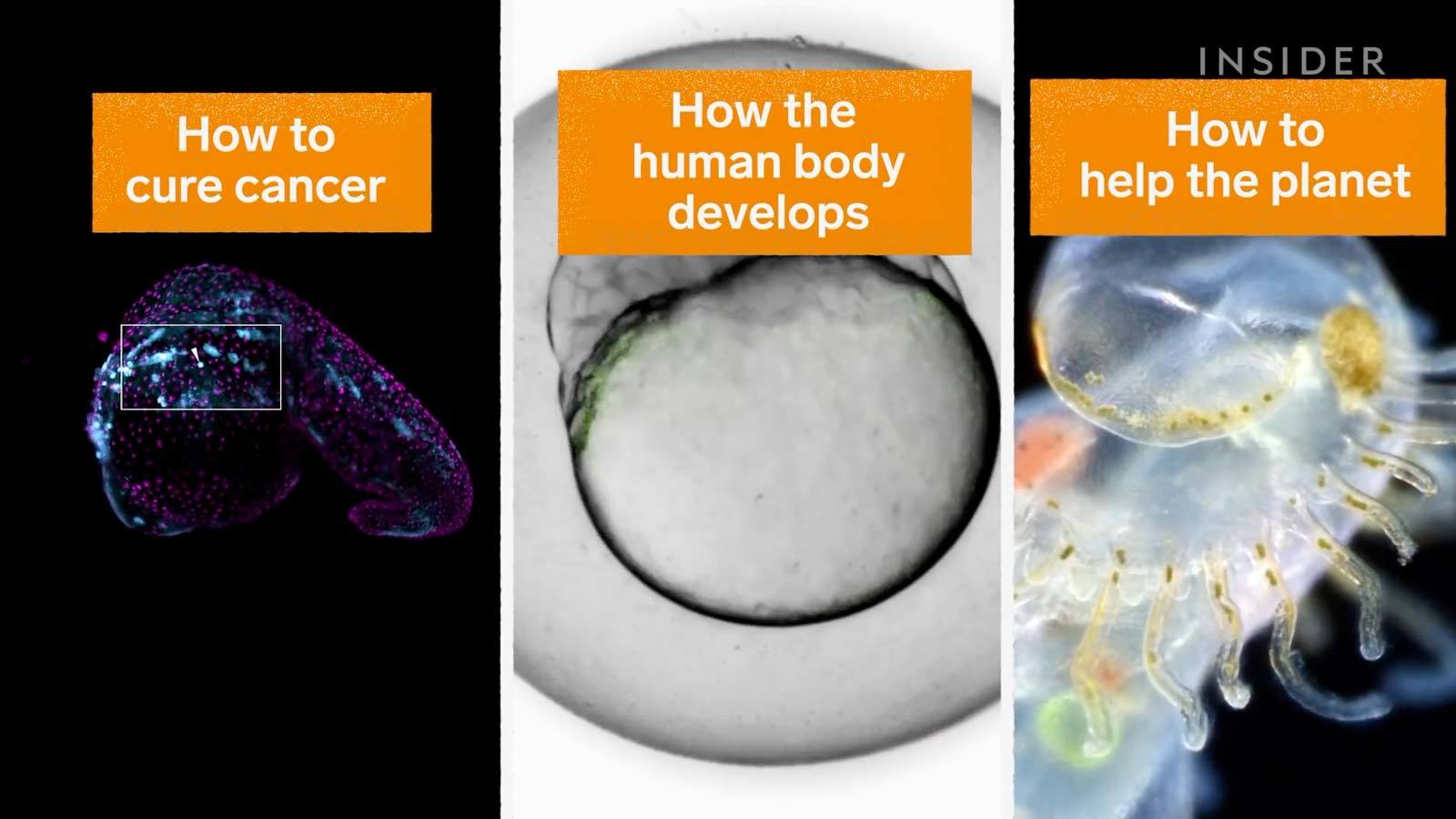Small World in Motion Winners Featured on Business Insider

Posted on December 16, 2020
The Nikon team is proud to see some of the awesome research being done by our 2020 Small World in Motion winners - from work on finding cancer cures to important ecological studies - being featured in this piece from Business Insider. The Business Insider team sat down with several winners to get a better understanding of their entries that are not only eye-catching but groundbreaking in the scientific community.
Highlights include:
- Dr. Gregory Adams Jr.’s entry from this year’s competition featured the process of melanoma cells morphing into two compartments. “Knowing how cells adapt and change in this environment is a vital piece of information on how cancers form and move throughout the body,” Adams told Business Insider.
- Dr. Gloria Slattum and Dr. Stephan Daetwyler were able to track the development and movement of cancerous cells in a zebrafish embryo.
- Daniel Castranova took the top prize in Nikon’s forty-sixth annual Nikon Small World Photomicrography Competition for his image of a juvenile zebrafish. Business Insider explains, “Understanding blood-vessel development allows researchers like Daniel to track and monitor how blood moves in the early stages of body formation, a vital piece in the puzzle when developing targeted therapies for cancer treatments.”
- Anjalei Schlaeppi studied the microscopic heart of a two-day-old zebrafish. “There's about 1% of babies that are born with heart defects. For the US last year, that represents 40,000 children. And if we want to help these kids, we need to get a lot more information about hearts before they are born,” Schlaeppi told Business Insider.
- Dr. Andrew Moore examined the growth of active neurons in rat embryos. Business Insider went on to explain, “Andy and his team can start to look at how neurons transmit, function, and develop in extreme detail, as well as looking at how these cells grow and how proteins within the brain move and push things around, which in turn allows them and other researchers to see how severe neurological diseases like ALS form as well.”
- Dr. Richard Ralph Kirby’s entry featured a horseshoe worm larva, “It's one of the biggest hidden worlds of life on this planet, and changes at the bottom will translate to changes at the top,” said Kirby. “So, looking at the base of the marine food chain gives you a way to understand what's happening in the ecosystem and change in the ecosystem in particular.”
You can check-out the full video below to learn more.
